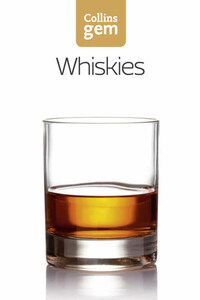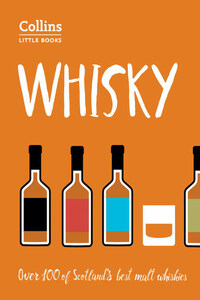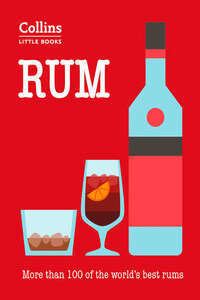Copyright
HarperCollins Publishers
Westerhill Road
Bishopbriggs
Glasgow
G64 2QT
First Edition 2017
© HarperCollins Publishers 2017
eBook Edition © July 2017 ISBN 9780008265168
Version: 2017-07-03
Collins® is a registered trademark of HarperCollins Publishers Limited
www.collins.co.uk
A catalogue record for this book is available from the British Library
Author: Dominic Roskrow
All rights reserved under International and Pan-American Copyright Conventions. By payment of the required fees, you have been granted the non-exclusive, non-transferable right to access and read the text of this e-book on screen. No part of this text may be reproduced, transmitted, downloaded, decompiled, reverse engineered, or stored in or introduced into any information storage and retrieval system, in any form or by any means, whether electronic or mechanical, now known or hereafter invented, without the express written permission of HarperCollins.
HarperCollins does not warrant that www.collins.co.uk or any other website mentioned in this title will be provided uninterrupted, that any website will be error-free, that defects will be corrected, or that the website or the server that makes it available are free of viruses or bugs. For full terms and conditions please refer to the site terms provided on the website.
Introduction
In one form or other gin has been with us for more than 600 years. It has been subject to wild swings of fortune, to gigantic ebbs and flows in popularity, and been courted and rejected by prince and pauper alike. In its many guises it has served as a medicine to the affluent, a tonic to the troops, and an elixir to the wretched rabble that populated the violent streets of London. Today it is enjoying a worldwide revival and has achieved a status as the very epitome of quality craft distilling.
Ginâs roots lie in Europe, quite possibly in Italy but most definitely in the Netherlands, where it was distilled for medicine, and juniper was first used to hide the taste of the naked spirit. It was given to British troops fighting in the Thirty Years War â Dutch courage â and it may be that returning troops brought it back, increasing its popularity, though a limited amount of distillation had already started in England by this time.
The better made âDutchâ version of the spirit was enjoyed by the aristocracy, and a poorer, cheaper spirit became popular with the poor. When Dutch King William of Orange ascended the throne, he encouraged distillation and there may have been some patriotic consumption too. By 1730 there were more than 7000 shops in London selling nothing but spirits.
But gin had started to become a problem. Attempts to restrict widespread drunkenness and violence by making gin prohibitively expensive backfired spectacularly, prompting rioting and a surge in illicit distilling. Few official licences were taken out, but production in London reached a staggering 11,000,000 gallons.
By this time further licensing reforms meant that beer shops had sprung up across the country. To compete, gin distillers opened large gin palaces â imposing and relatively stylish places. But gin was about to undergo another sea change. The invention of the column still meant that the quality of gin in general rose, and a specific style of gin came into existence: London Dry Gin.












